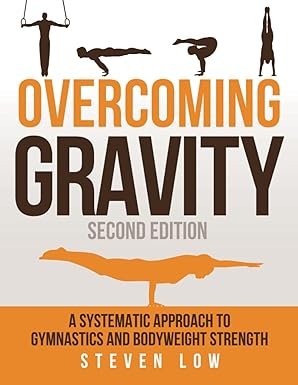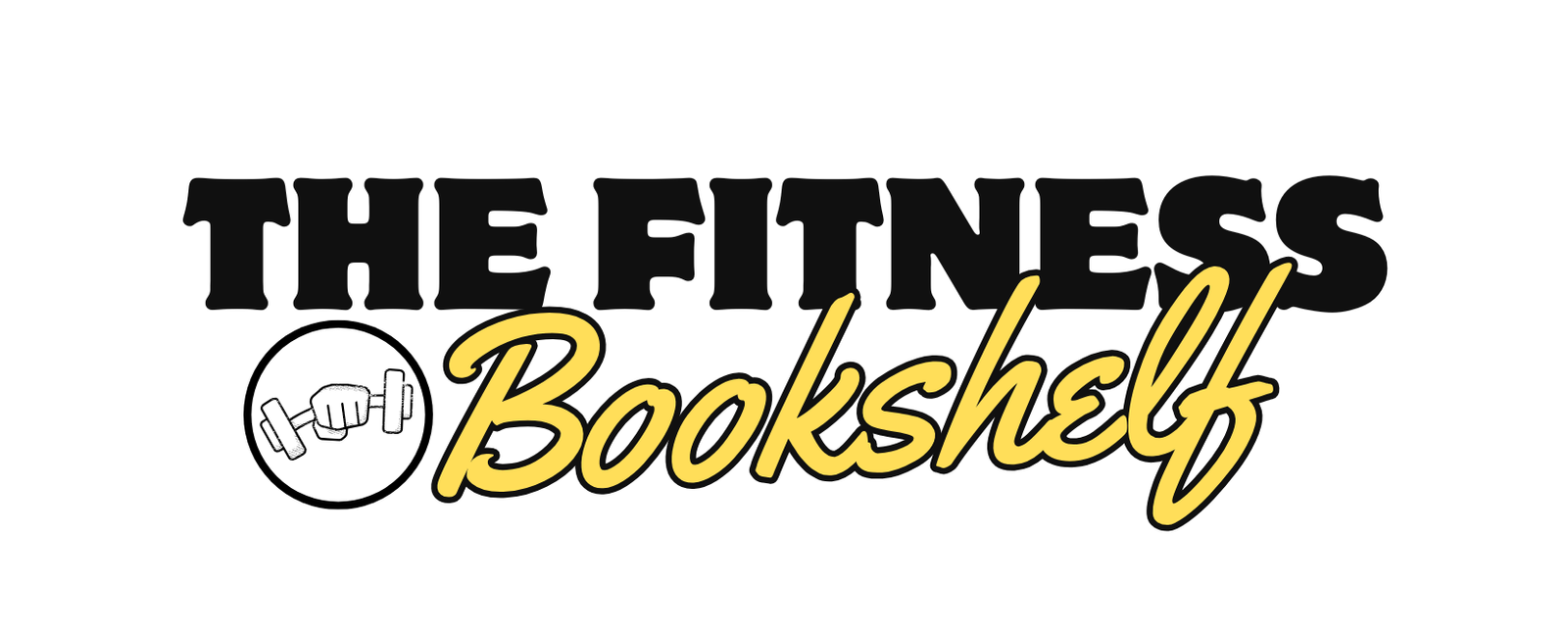
Why Overcoming Gravity Should Be Your Go-To Bodyweight Training Guide
Introduction
There’s a moment in every gym-goer’s life when scrolling through videos of gravity-defying athletes starts to feel less like inspiration and more like watching The Matrix on leg day. Amid the sea of workout fads and questionable fitness advice, Overcoming Gravity by Steven Low stands out not because it promises instant abs or a spiritual awakening, but because it offers a no-nonsense, science-backed roadmap to mastering bodyweight strength.
The book doesn’t rely on hype. It reads like a love letter from a former gymnast who decided to combine physical therapy with nerd-level dedication. Every chapter is methodical, practical, and just technical enough to make anyone feel smarter by osmosis. It turns out, building serious strength doesn’t require fancy equipment, just a solid plan, a functioning rotator cuff, and a willingness to stop doing push-ups like a flailing inflatable tube man.
And that’s where Overcoming Gravity comes in.
Smarter Training, Fewer Hospital Visits
The internet loves intensity “no pain, no gain,” “train ‘til you puke,” and other slogans brought to you by the orthopedic industry. Overcoming Gravity takes a different approach: smart, structured programming. This is not a collection of random push-up variations thrown together by someone who just discovered caffeine and Canva. It’s a methodical blueprint for bodyweight strength training that helps people actually improve without destroying their joints or their dignity. Low lays out exercise progressions like a professor who moonlights as a gymnast each move building logically on the last, with none of the chaos of your cousin’s bootcamp class in the park.
Injury Prevention: Because Shoulders Aren’t Optional
In most workout plans, “injury prevention” is code for “good luck, champ.” Not here. Steven Low treats joint prep and mobility work like a first-class ticket instead of an afterthought in coach. The book dives into how to keep elbows, wrists, and shoulders from turning into sad marionette strings halfway through training. There’s a focus on prehabilitation exercises, which, believe it or not, are like brushing your teeth but for your joints. Not flashy, not fun, but absolutely necessary if the goal is to still raise your arms above your head after 40.
This isn’t fearmongering; it’s responsible strength training wrapped in a tone that says, “Please don’t turn your rotator cuff into a paperclip.” And yes, that includes warm-ups that actually warm you up, not just jumping jacks and denial.
Understanding the ‘Why’ Means You Stop Guessing and Start Progressing
A lot of fitness books throw exercises at the wall to see what sticks. Overcoming Gravity brings a whiteboard and a laser pointer. Low explains the science behind movement biomechanics, levers, muscle engagement without sounding like a textbook or a cult leader. There’s something empowering about knowing why a tucked front lever builds toward a full one, or how scapular control is the difference between progress and plateau.
This deeper understanding makes the reader a participant, not just a follower. It’s the difference between copying a YouTube routine and building a customized bodyweight training plan with the confidence of someone who actually knows what they’re doing. For anyone tired of the trial-and-error loop, that’s priceless and frankly, a relief.
Conclusion: Less Guessing, More Gravity-Defying
In a fitness world dominated by six-minute abs, TikTok trainers, and the occasional guy deadlifting a couch, Overcoming Gravity is a rare unicorn: intelligent, practical, and completely free of motivational yelling. It doesn’t just tell people what to do, it explains how to train, why it works, and what to avoid so knees don’t suddenly become a full-time job.
Steven Low’s approach gives readers the tools to build a sustainable, intelligent bodyweight training program without needing a background in gymnastics or a subscription to pain. It’s not sexy. It’s not flashy. But it works. And in an industry powered by hype and hashtags, that’s about as refreshing as a foam roller that doesn’t hurt.
So yes, this book has a ton of charts, enough anatomy to make a med student sweat, and a writing style that assumes you’re smarter than the average kettlebell. But for anyone serious about bodyweight strength, without seriously wrecking themselves, Overcoming Gravity isn’t just a recommendation. It’s a game plan.
About Steven Low
Steven Low, the mind behind Overcoming Gravity, Overcoming Gravity: Advanced Programming, Overcoming Poor Posture, and Overcoming Tendonitis, brings a rare blend of hands-on experience and scientific depth to the world of strength training. A former gymnast and performer with the exhibitional troupe Gymkana, he has also coached the same team, merging athletic performance with educational outreach. With a Bachelor’s degree in Biochemistry from the University of Maryland College Park and a Doctorate of Physical Therapy from the University of Maryland Baltimore, Steven fuses academic rigor with real-world application. He currently serves as a senior trainer for Dragon Door’s Progressive Calisthenics Certification (PCC), and has spent thousands of hours diving into the research behind health, movement, and rehabilitation. His personal training spans a broad spectrum, including gymnastics, parkour, sprinting, and rock climbing, giving him a holistic perspective on injury prevention and performance.
